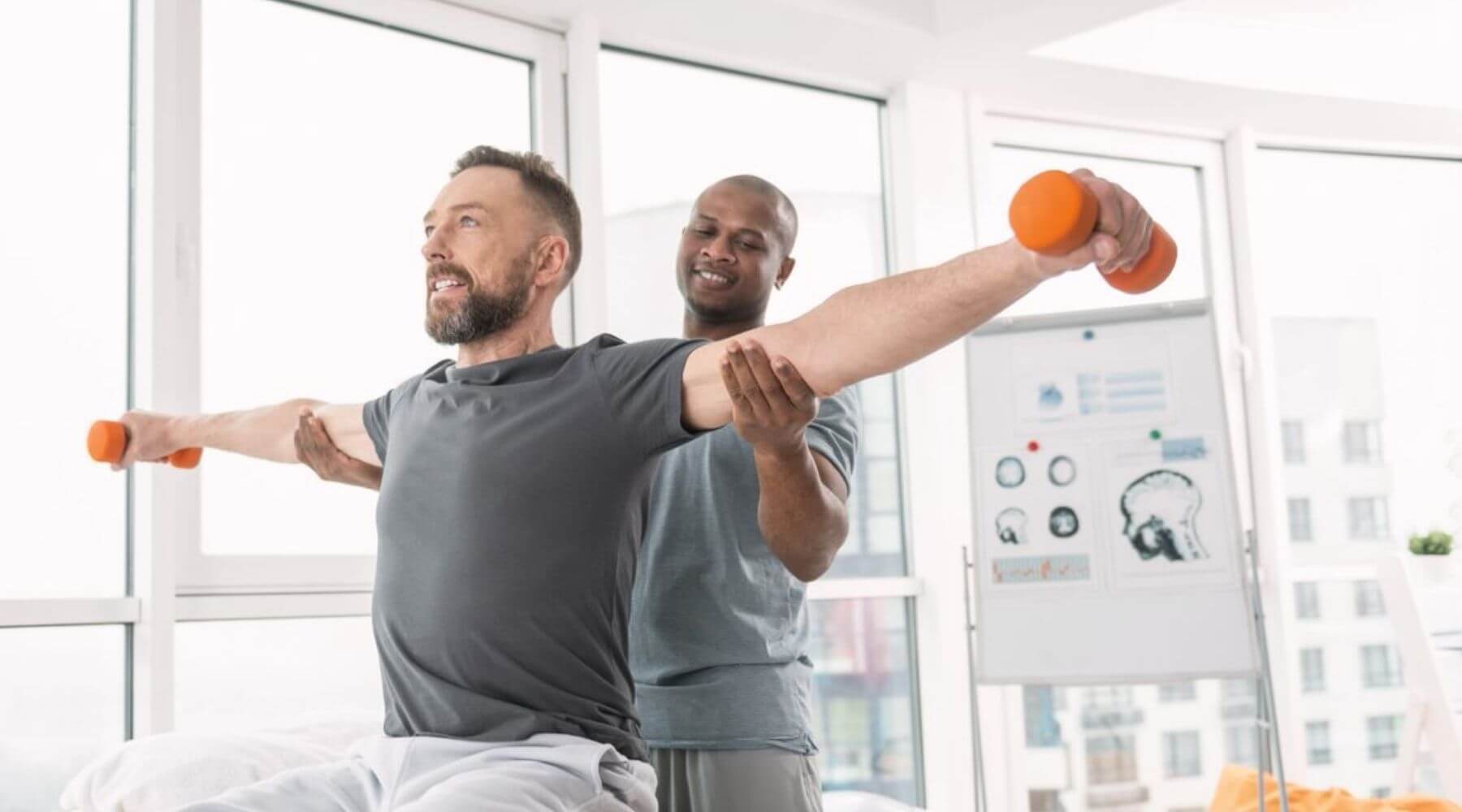The Impact of Surrounding Environments on Fitness Habits and Exercise Preferences
Wiki Article
This surrounding atmosphere surrounding individuals holds a crucial role in shaping our fitness habits and exercise choices. Factors like the accessibility of parks, gyms, and additional leisure amenities can motivate people to engage in exercise routines. City environments often provide easy access to fitness centers and public spaces, while rural regions may provide different opportunities for exercise, such as walking or cycling on trails. Comprehending how these areas influence our decisions can help neighborhoods develop better settings that encourage wholesome ways of living.
One key factor of surrounding spaces is the concept of accessibility. When individuals have convenient reach to exercise centers, they are more apt to engage in consistent physical activity. For example, neighborhoods with recreational spaces and walking paths can motivate locals to go on daily strolls or participate in sports. On the other hand, if individuals live in locations without accessible fitness facilities, they may be less inclined to remain engaged in physical activity. This emphasizes the need for city planners and community officials to prioritize the creation of reachable recreational spaces that serve to the requirements of the population.
Another critical consideration is security. People are more likely to engage in outdoor activities if they feel secure in their environment. Well-lit recreational areas, well-kept walking trails, and low crime levels can foster a inviting environment for physical activity. Conversely, locations that are viewed as dangerous may discourage individuals from participating in outdoor exercise, resulting to a sedentary lifestyle. Therefore, improving safety measures in public spaces can significantly impact community health by motivating more individuals to be engaged.
Another communal factor of exercise is also affected by neighboring areas. Collective exercises, such as group athletic contests or exercise classes, thrive in environments that foster social interaction. Community centers, fitness centers, and outdoor spaces can act as meeting locations where people connect and motivate each other to engage in physical activity. Community browse around here encouragement is vital for maintaining fitness habits, and having accessible spaces where individuals can meet and engage in physical activities can enhance motivation and enjoyment.

Finally, the visual attractiveness of neighboring areas can impact fitness habits and preferences. Beautifully crafted find out this here recreational areas, picturesque paths, and properly cared for gyms can inspire people to participate in exercise. When areas are visually attractive, individuals are more apt to dedicate hours there, participating in exercise and recreational activities. Communities should concentrate on developing welcoming settings that encourage people to explore various fitness activities, allowing it simpler for them to incorporate physical activity into their daily lives.